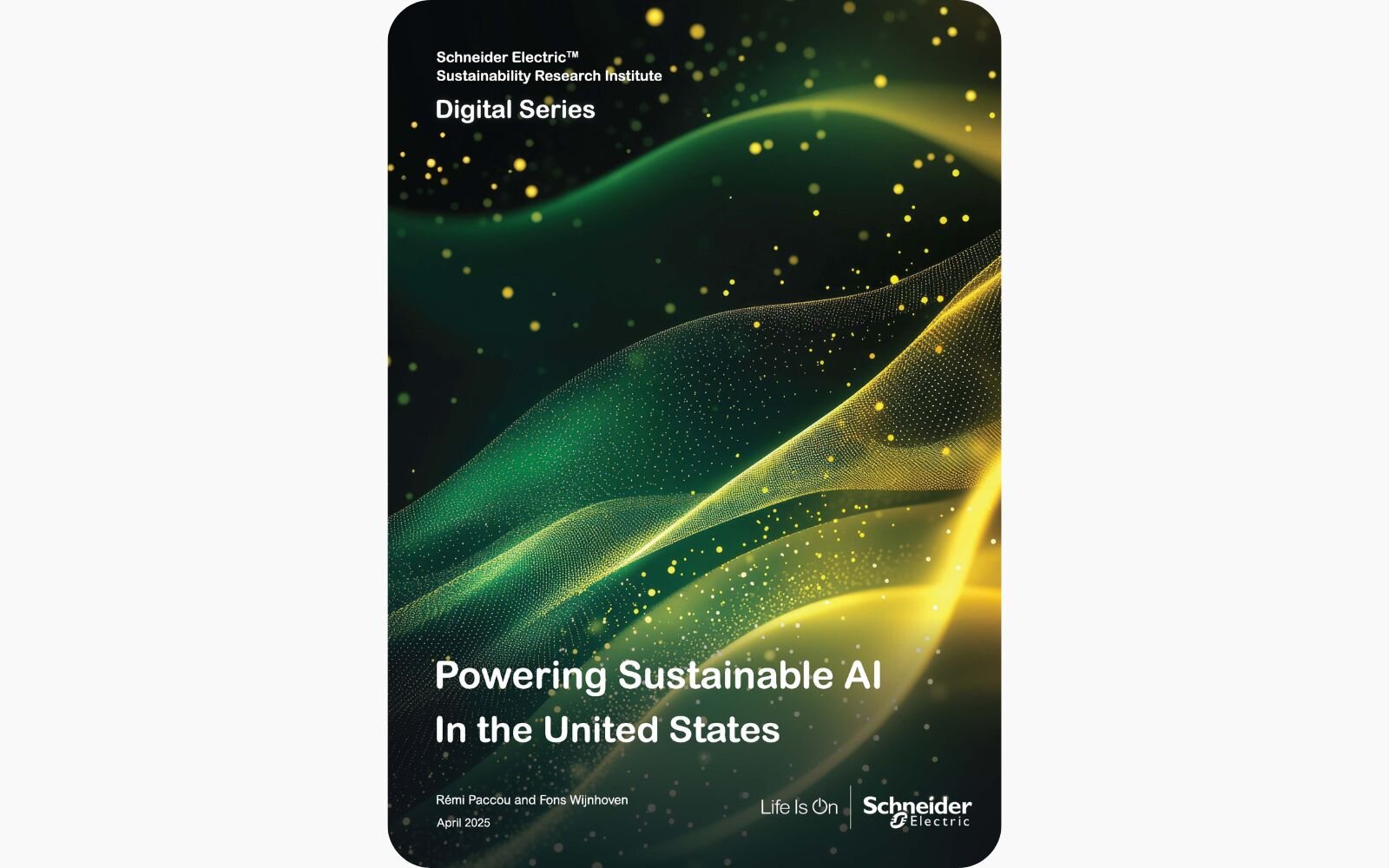Powering sustainable AI in the United States
- By Rémi Paccou and Fons Wijnhoven
- 28 Apr 2025
- 3 min read
Overview
"Rapid action to ensure we have the necessary power for this chapter in history is imperative and non-negotiable."
- Aamir Paul, President, North America Operations, Schneider Electric

Decisions made today regarding AI U.S. infrastructure will determine future AI energy demand
AI could drive 20-50% of U.S. electricity demand growth between 2025-2030, highlighting the need for proactive planning to align AI load growth with a modern energy infrastructure.
Sustainable AI is not solely about AI power reduction
Infrastructure deficits and regulatory hurdles can limit a harmonious development of sustainable AI. These challenges may intensify due to insufficient investment in behind-the-meter solutions, microgrids, and flexibility, all of which require strategic reform.
Unregulated AI growth risks creating unsustainable infrastructure
Unchecked AI development, potentially reaching 500 TWh by 2030, could lead to oversized and inefficient infrastructure expansions, failing to meet the need for stable, affordable, and accessible electricity to power sustainable AI development.
Swift acceleration of AI-ready data center build-out is critical
Achieving 43-92 GW additional data center capacity by 2030 underscores their critical strategic role, requiring streamlined permitting, modular construction, and distributed energy for resilience and scale.
Mismanagement of AI growth threatens grid stability
High-end AI growth is forecast to drive power demand to 157 GW by 2029 (29 GW over projections, 173 GW by 2030), potentially overloading the grid and impeding broader electrification efforts.
Geographic clustering reveals local vulnerabilities
Driven by data center concentrations, seven ISOs/RTOs, including MISO, PJM, ERCOT, risk reserve shortfalls by 2028, facing critical regional grid constraints. Powering AI sustainably requires addressing these issues.
Powering sustainable AI development will be achieved by balancing the swift acceleration of AI-ready data center build-out and the modernizing of the energy systems. This effort has to be coordinated with electrification demands for the other sectors at both national and regional levels. In the “Powering sustainable AI in the United States” report, we argue through three pathways moving forward. Find out more by reading the full research.

Latest from the Sustainability Research Institute
2 Lorem Ipsum Dolor Sit Amet Consectetur Adipiscing Elit
2 Lorem Ipsum Dolor Sit Amet Consectetur Adipiscing Elit
1 Lorem Ipsum Dolor Sit Amet Consectetur Adipiscing Elit
0 Lorem Ipsum Dolor Sit Amet Consectetur Adipiscing Elit

